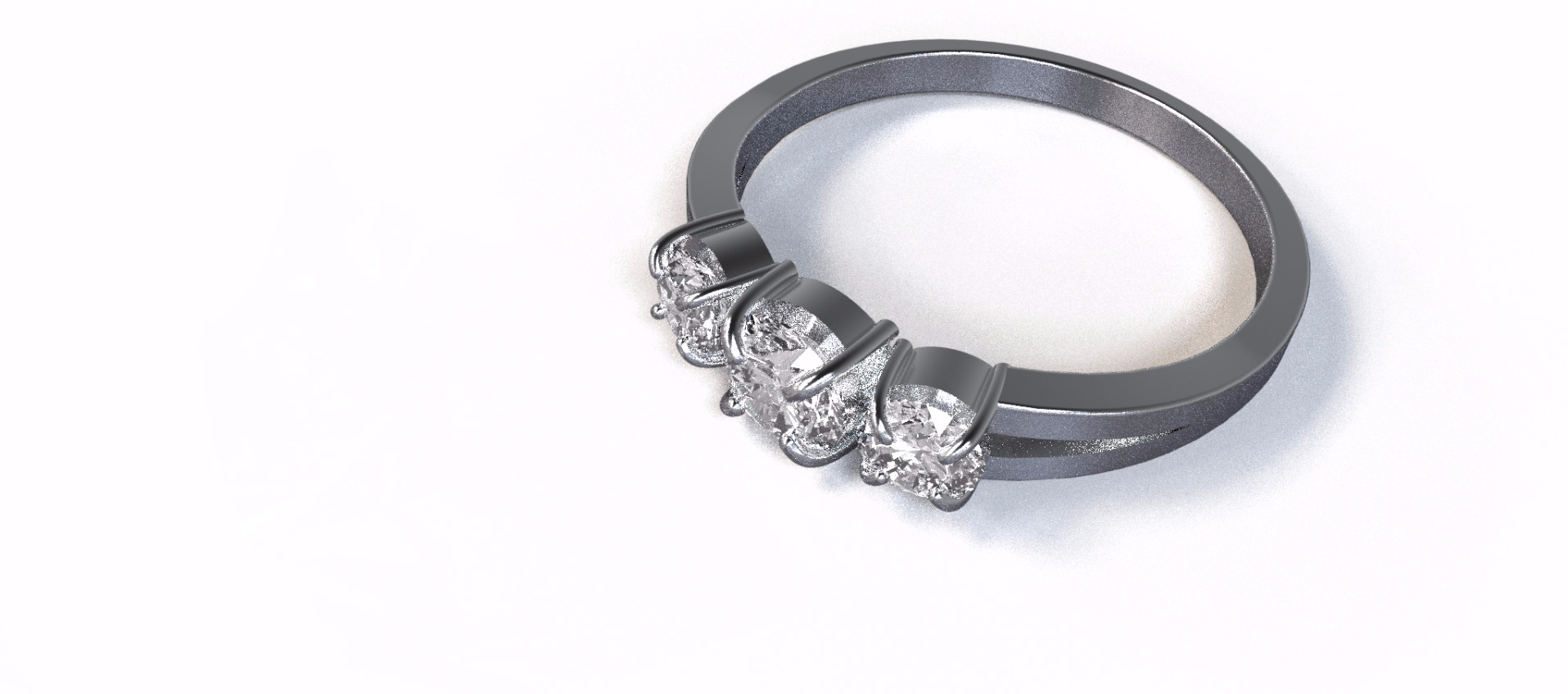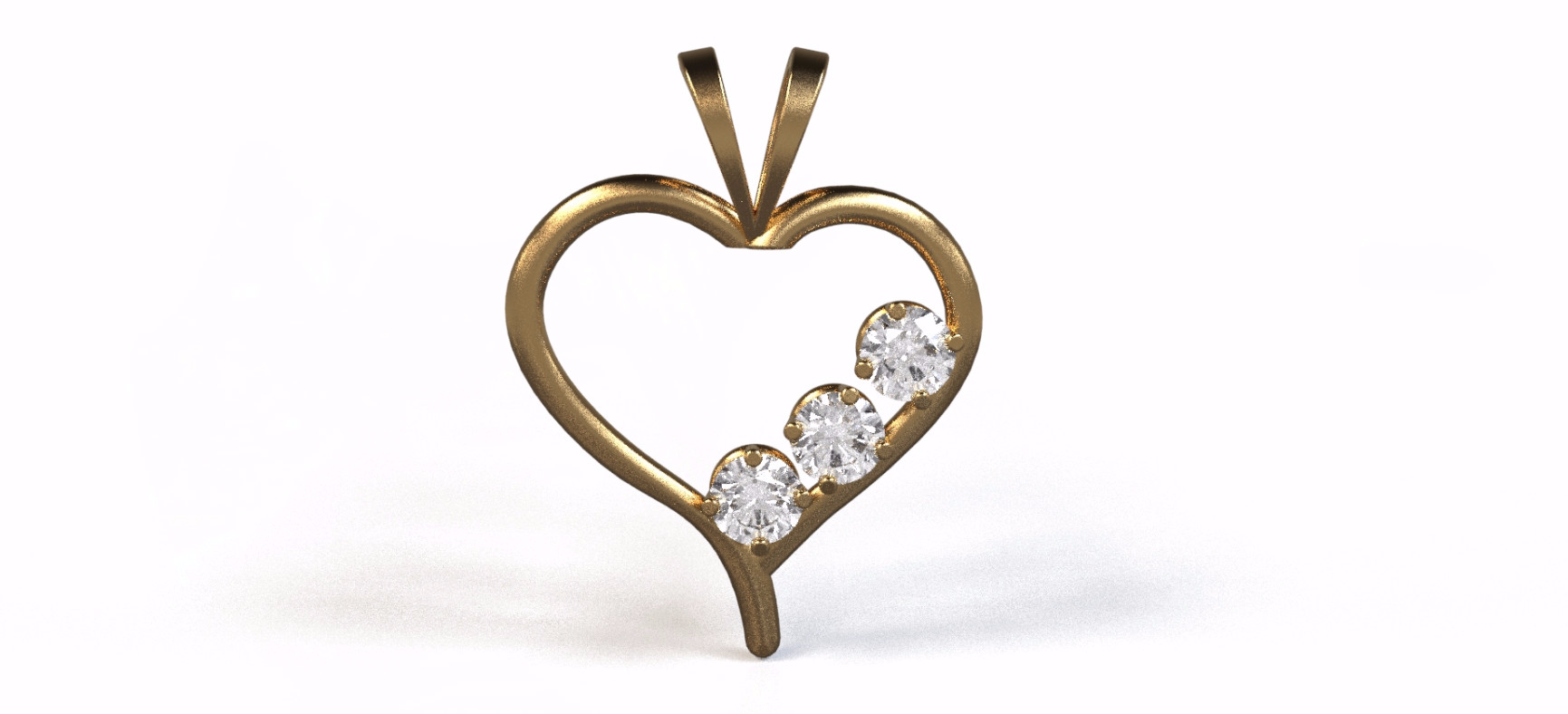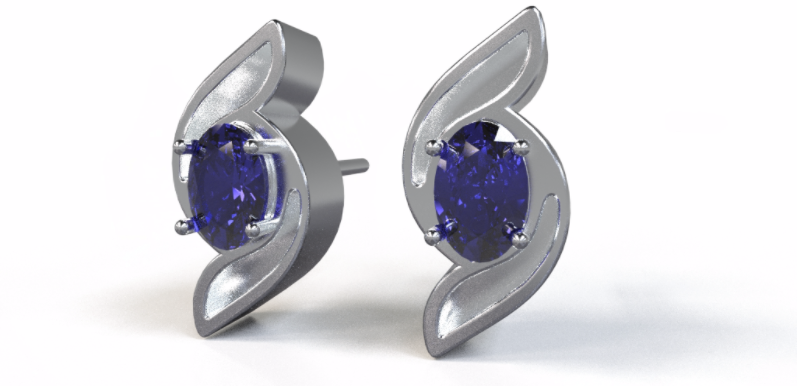Opals: The Myths and the Facts

If you’re looking for a gemstone that goes with any color, then look no further than the lustrous and illustrious opal. Opal gemstones are the traditional birthstone of October, and also the gemstone given to celebrate the fourteenth year of marriage. With their unique beauty and optical properties opals are truly exquisite masterpieces of nature; however opal gemstones often get a bad and completely unwarranted rap. Let’s set the record straight, shall we?
Opal History
You may have heard that opals are unlucky or “bad” gemstones. This ridiculous belief has persisted largely since the 1800s, when author Sir Walter Scott penned his bestselling novel Anne of Geierstein in 1829. In this tale heroine Lady Hermione dies shortly after a drop of holy water falls on the opal she always wears, draining it of all color. The general public took this to mean that the author was warning them against the “evil” gemstone, and stopped buying opal almost altogether. The strange prejudice against opals also stemmed from their resemblance to the optical organs of cats, toads, and snakes, all creatures historically associated with evil and the Devil. The delicate and finicky nature of this gemstone has also tainted public opinion towards it.
Opal is a very soft gemstone, and therefore rather tricky to cut. In the past jewelers had such difficulties working with the gemstone that many frequently shattered. This further added to opals less than glowing reputation. Superior technology and techniques have long since been developed to properly cut and set opals into stunning jewelry pieces. Unfortunately, the myths stemmed from Sir Walter Scott and the fragility of the opal gemstone turned many people away from it and tainted opal history.
Opal Lore
Before the public opinion turned on opal gemstones, it was much beloved and in many cases revered. The ancient Romans believed that opal actually brought good luck, and Caesars often gave their wives opal jewelry as good luck charms. The ancient Greeks believed that opal granted individuals the power of prophecy and spiritual sight, and linked the stone as coming directly from the gods on Mt. Olympus. In Arabian folklore opals supposedly fell from the heaven in flashes of lightning, and possessed otherworldly powers. For thousands of years people from different parts of the world believed that opals were inherently good and divine, and they were treated as such.
As you can see the nasty reputation attached to opal only recently came into being, since antiquity opal was regarded not as bad luck, but as the gemstone of good fortune and hope. Early people credited opal with magical abilities, believed it could promote creativity and spontaneity, and even believed it could offer divine protection and tranquility. In the 7th century the legendary Shakespeare dubbed opal “That miracle and queen of gems.” Speaking of queens, Queen Victoria did much to reverse the bad buzz surrounding the opal during her reign in the 1900s. The queen became a great lover of opals and kept a large personal collection. She wore them frequently throughout her life, and often bestowed them on newly married couples as a wedding gift. This great struggle to restore opal’s sullied name, persists to this day.

Opal Gemstone
Now let’s get down to some cold hard facts about this gorgeous gemstone. Depending on the conditions under which it is formed, opal can take on many colors. Precious opal ranges from clear, through, white, gray, red, orange, yellow, blue, green, magenta, rose, pink, slate, olive, brown, and black, with black being the rarest. Opal is the national gemstone of Australia, and it’s no surprise. Australian opal accounts for 95-97% of the entire world’s supply of the gemstone. Opal is also one of only a handful of gemstones that have been discovered existing on Mars, which is pretty extraordinary. The unique play of color present in opal is due to millions of tiny silica spheres of varying sizes. These spheres refract light, causing brilliant colors.There are three main types of opal: Precious Opal is identified by the "play of color," or the way in which colors change within a stone as it is rotated and moved. “Fire Opal" is a transparent or translucent opal ranging in color from yellow to orange to bright red. Common opal is usually colorless or white, but the presence of impurities may color it gray, brown, or yellow . The silica spheres have to be just the right size and uniform in nature, to create enough color to be visible to the naked eye. That’s rather impressive if you ask us.

So when it’s time for your next jewelry purchase, whether for yourself or as a gift, disregard anything that you might have heard, and please give opal a try. It isn’t called the Queen of Gemstones for nothing. I guarantee that you will be mesmerized by its prismatic colors, and this rainbow gemstone will be sure to match any outfit and accessories. So be open-minded, and embrace this lucky gemstone into your life.







Sam Sternweiler
Author